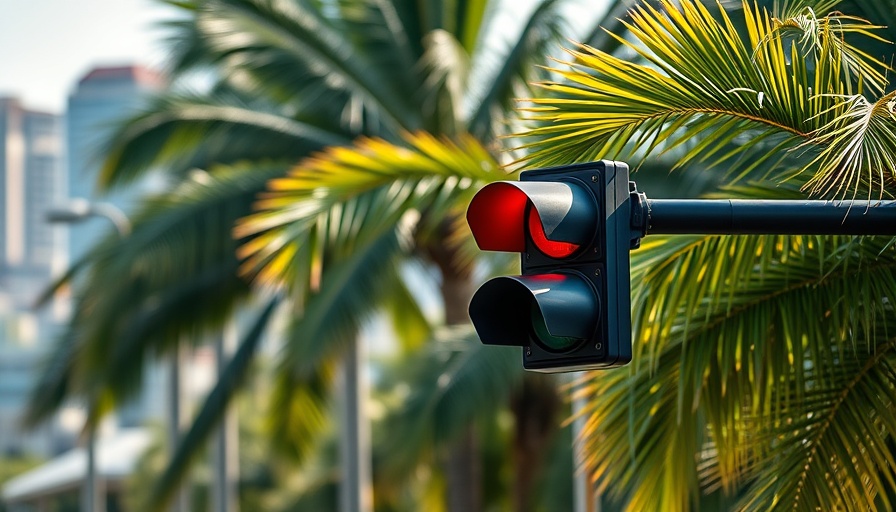
Understanding the Unique Design of Horizontal Traffic Lights
As you drive through certain states in the U.S., you might encounter horizontal traffic lights. These lights are arranged from left to right, which can be surprising for those accustomed to the traditional vertical style. Despite their unusual appearance, these lights function the same way, utilizing red, yellow, and green signals to communicate crucial driving instructions.
Why Do We Use Horizontal Traffic Lights?
Horizontal traffic lights are prevalent in areas affected by extreme weather conditions, such as Florida and Texas, where strong winds and heavy snows can damage traditional vertical poles. This layout reduces the strain on these structures during harsh weather, helping them endure the elements. Additionally, in locations where vertical space is restricted—like narrow roads—horizontal lights fit snugly and maintain visibility for all drivers.
The Importance of Consistency in Traffic Signal Design
Once a community adopts horizontal traffic lights, they typically retain them for consistency's sake. Consistent traffic signal design helps drivers adapt more easily to their surroundings, reducing the risk of accidents due to confusion over signal placement. Remember, regardless of orientation, red means stop, yellow indicates to slow down, and green means go!
Tips for Safe Driving with Horizontal Signals
If you happen to be colorblind, horizontal traffic lights still provide clarity. The positioning of the signals—red on the left, yellow in the center, and green on the right—serves as a reliable guide. Furthermore, modern lights often feature LEDs and clear backplates to enhance visibility, ensuring that drivers can easily perceive their state in various lighting conditions.
Exploring Variations in Traffic Signals
Beyond the horizontal variety, other traffic signal designs exist, enhancing traffic management. For instance, arrow signals help indicate safe turns, while pedestrian countdown signals inform walkers of their remaining crossing time. Flashing signals—like flashing yellow or red lights—indicate specific actions, typically at less busy intersections. Innovations in traffic light technology, including brightness adjustments based on real-time traffic conditions, are increasingly common, ensuring safety and efficiency on the road.
Stay Informed About Traffic Engineering
Awareness of different traffic signal types and their functions can empower drivers, especially when navigating unfamiliar terrains. Understanding why certain designs, like horizontal traffic lights, are implemented enhances road safety for everyone and helps maintain order wherever you drive.
To improve your knowledge about traffic signals and their significance, consider reading more about innovative road design and engineering practices. Engaging with this information not only enhances personal safety but also supports a broader understanding of how urban infrastructure is evolving.
 Add Row
Add Row  Add
Add 




Write A Comment